Submitted by WA Contents
12 Must-see Installations At the 4th Istanbul Design Biennial
Turkey Architecture News - Oct 09, 2018 - 03:27 20637 views
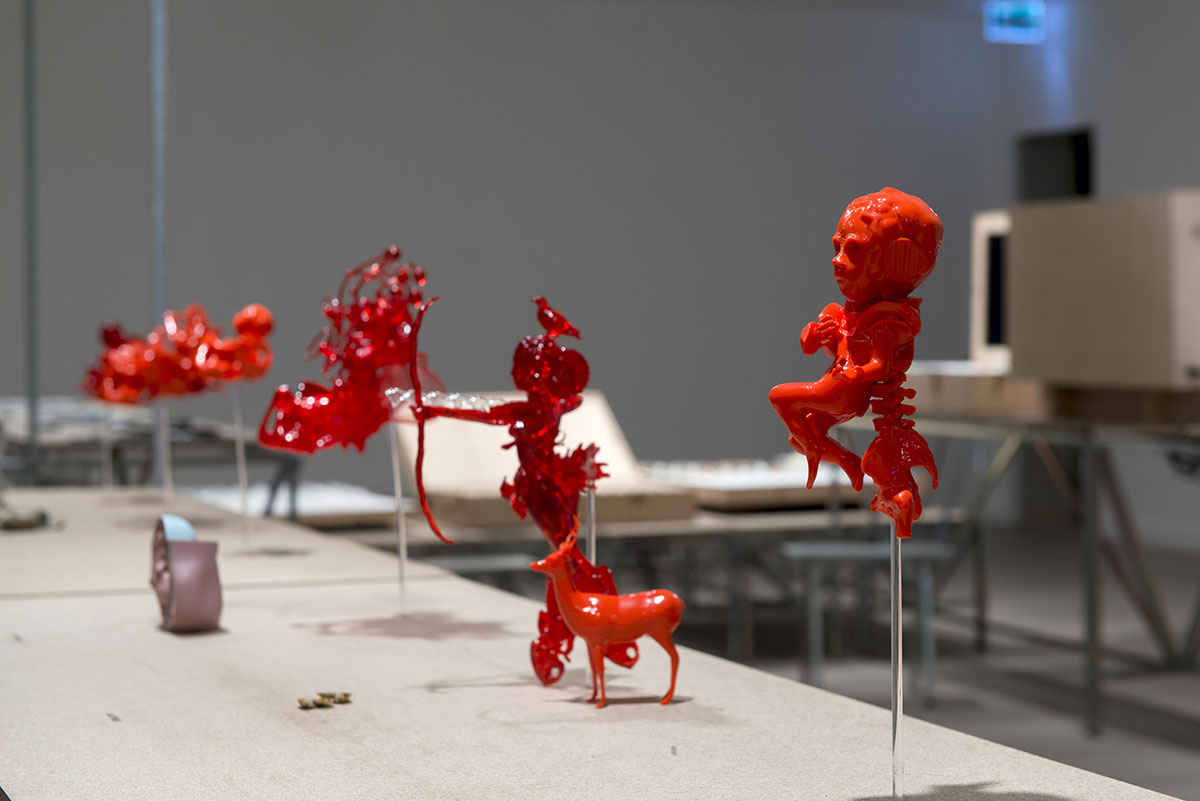
The 4th edition of Istanbul Design Biennial has opened its doors on September 22 in Turkey, interrogating the different norms and forms of design education. The Biennial is still on view in the Beyoğlu District of Istanbul until November 4, 2018.
This year's biennial is themed as "A School of Schools" and exhibited at six different venues of the city’s most iconic cultural institutions, with different sub-themes: including Yapı Kredi Culture Centre - Currents School, Pera Museum - Scales School, Arter - Earth School, SALT Galata - Time School, Studio-X Istanbul - Digestion School and Akbank Sanat - Unmaking School.
Curated by Jan Boelen with Associate Curators Vera Sacchetti and Nadine Botha, the biennial explores design education as a transdisciplinary and experimental base, testing and revising a variety of educational strategies to reflect on the role of design, knowledge, and global connectedness in contemporary Istanbul and beyond.
According to the curator, "the biennial is a questioning of learning mechanics", and the exhibition itself focuses on more "design as pedagogy" and shows "what can we learn from design and designing" by revealing, testing, or tooling alternative methods in the exchange of knowledge.
Each venue has a different scope and theme to discover how learning mecahnics evolve in different ways and manners. But, instead of exploring each venue in detail, World Architecture Community has perused 12 must-see installations at the exhibition. For those who have not visited the exhibition yet, you can see WAC's 12 selected installations with their short info below:
Yapı Kredi Culture Centre/Currents School
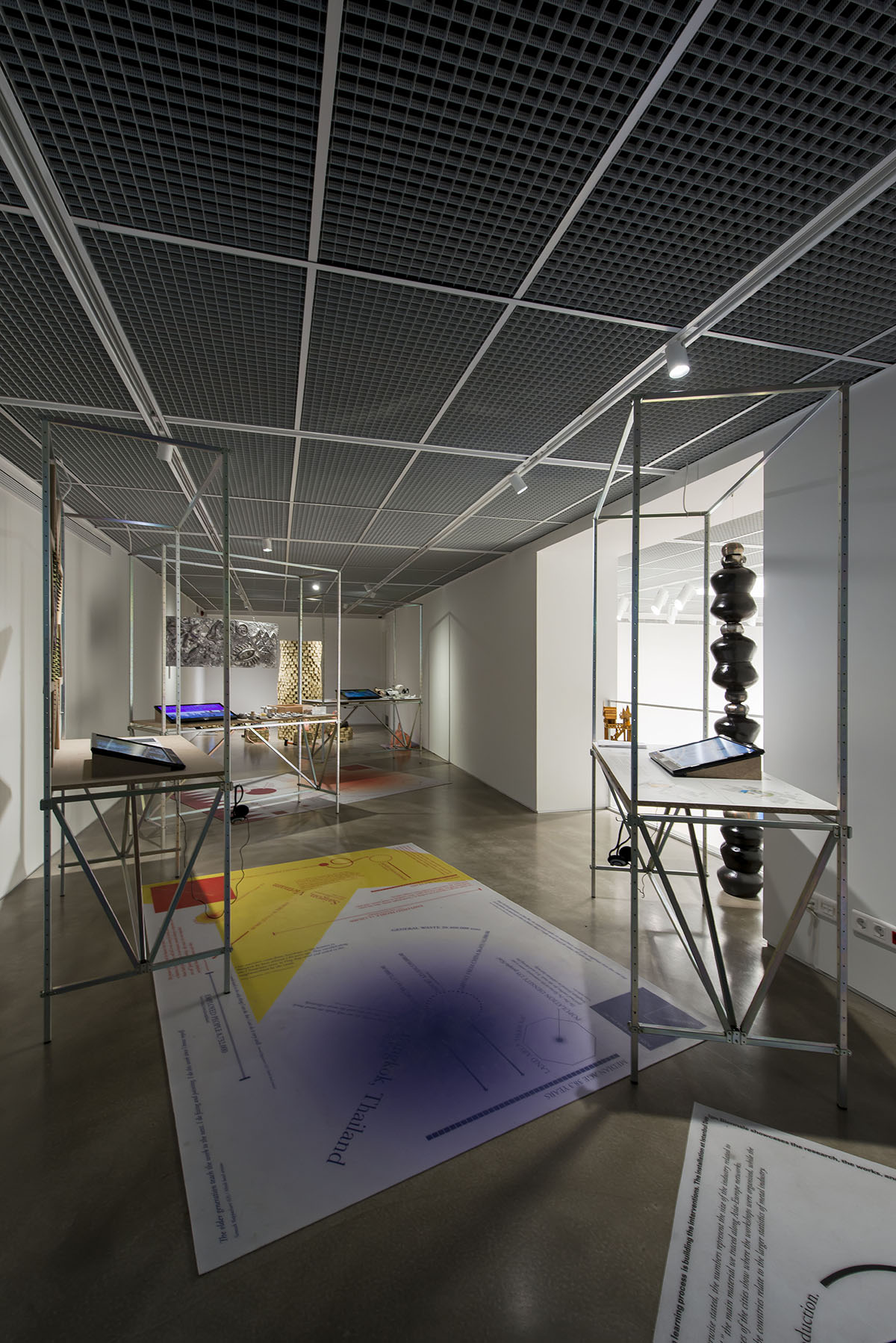
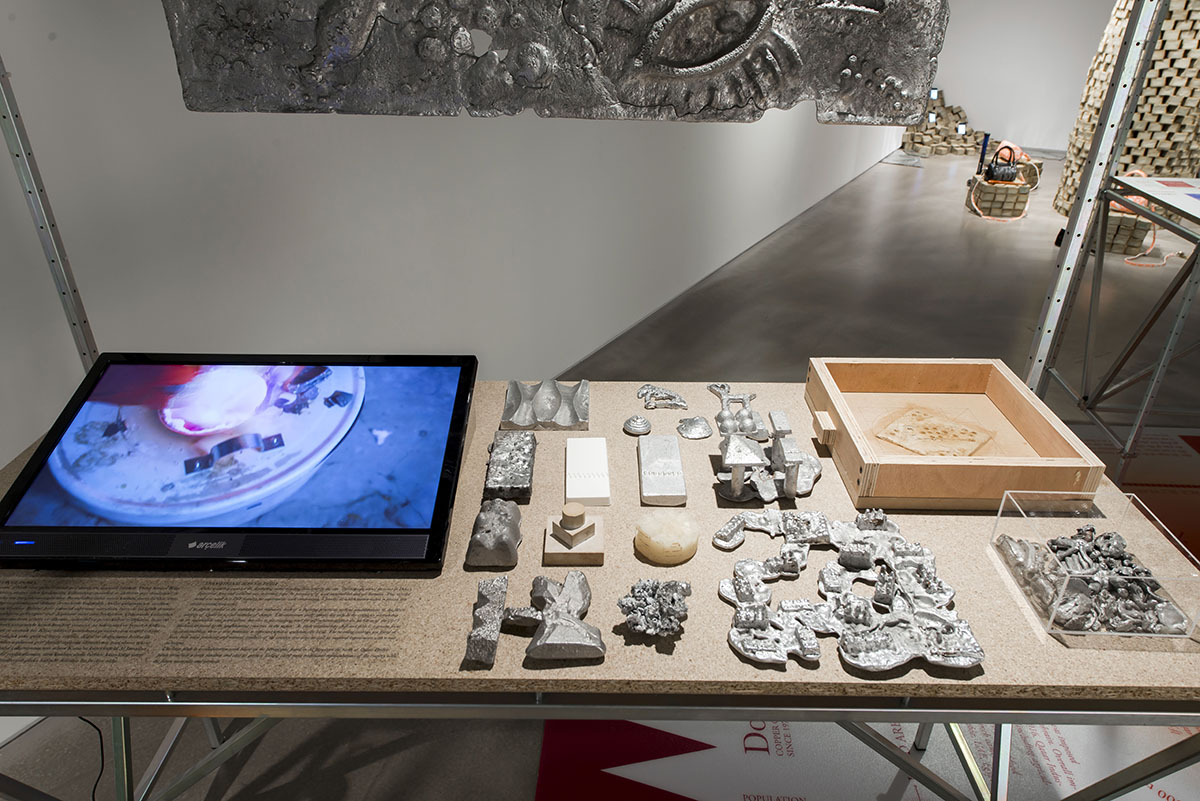
Currents School focuses on "information networks, spheres and connections – both digital and analogue, abstract and embodied – to critically examine technologies and hierarchies."
Transitional School by Aformal Academy and ARK.WORLD
"Transitional School researches the context to this urban constellation, while creating its own network for trans-local knowledge exchange and production related to design. Through workshops in four of these centres – Bangkok, Doha, Saigon and Istanbul - design research and interventions were deployed in order to learn about trans-local flows and the layers of production and labour embodied by materials and objects."
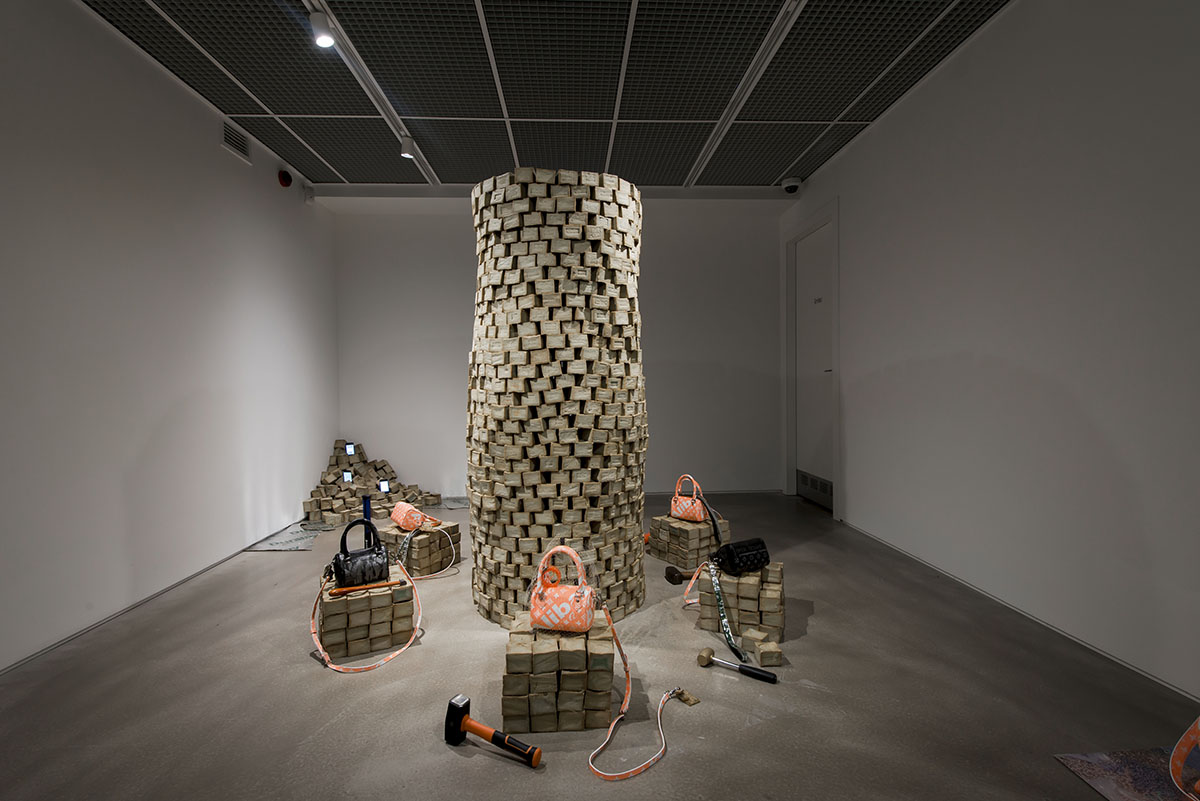
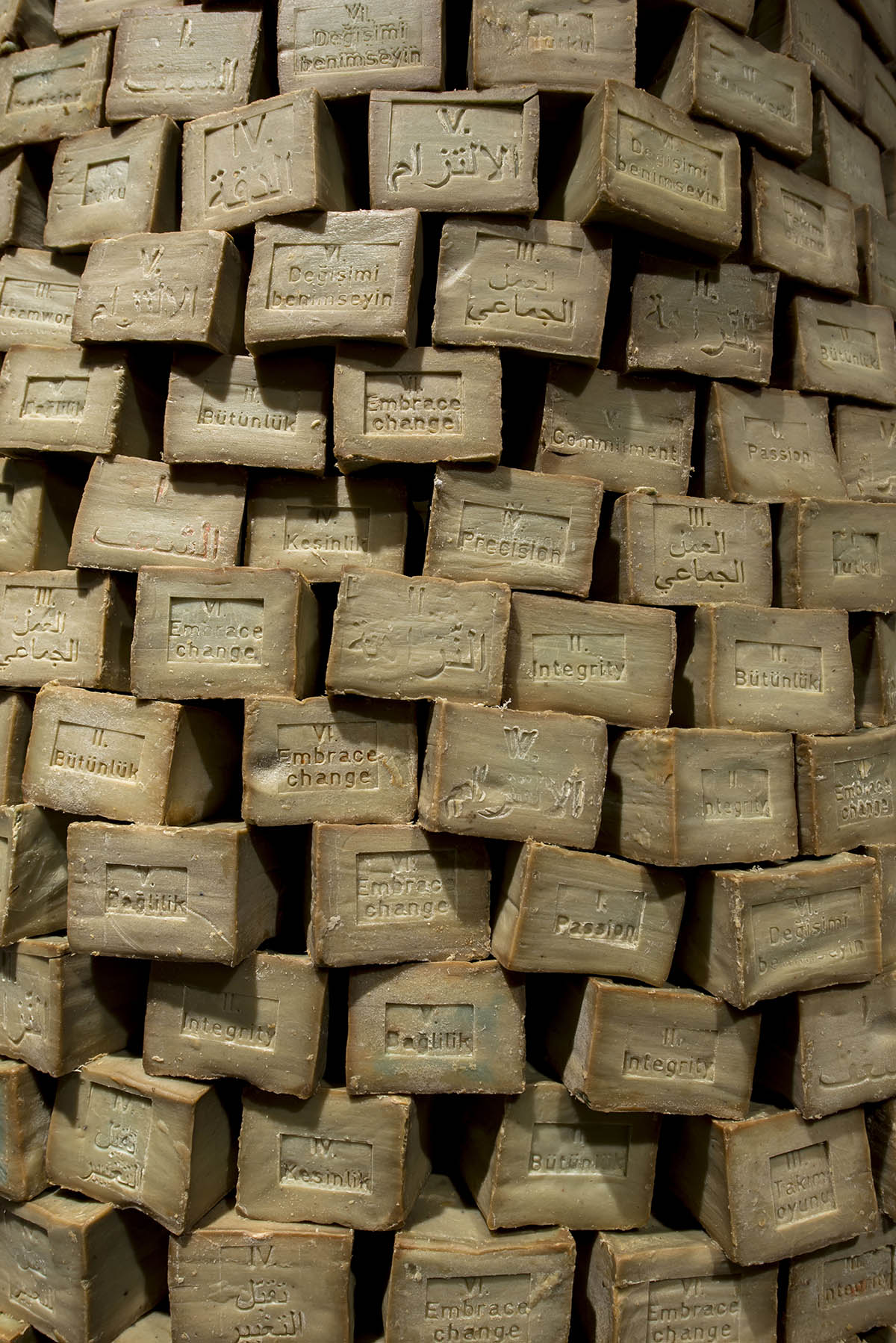
Open Sesame by CMP Office
CMP Offices' installation requestions the replacement of these speculation fragments on the production culture on design objects. "Open Sesame investigates our ‘World New Disordered’ cycles of production and macro scale displacements in relation to micro intimacies. Do consumers have the agency to provoke large-scale transformations?."
Pera Museum/Scales School
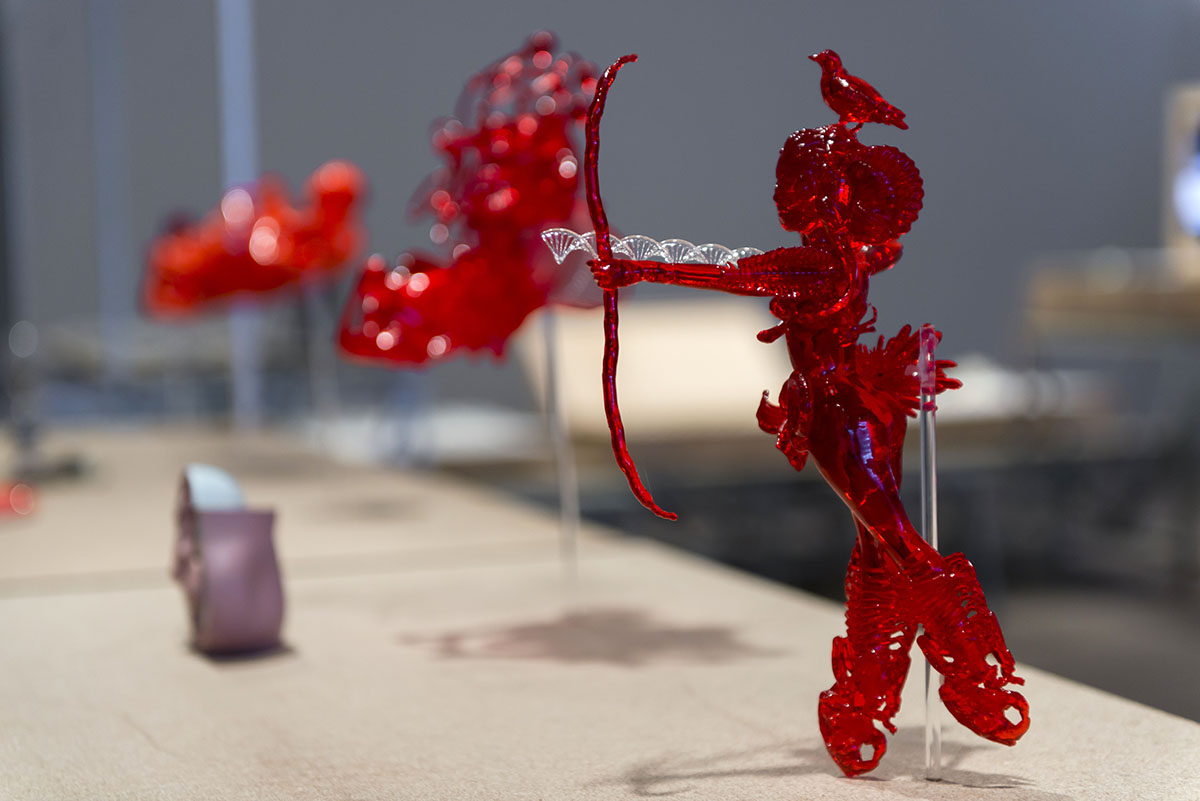
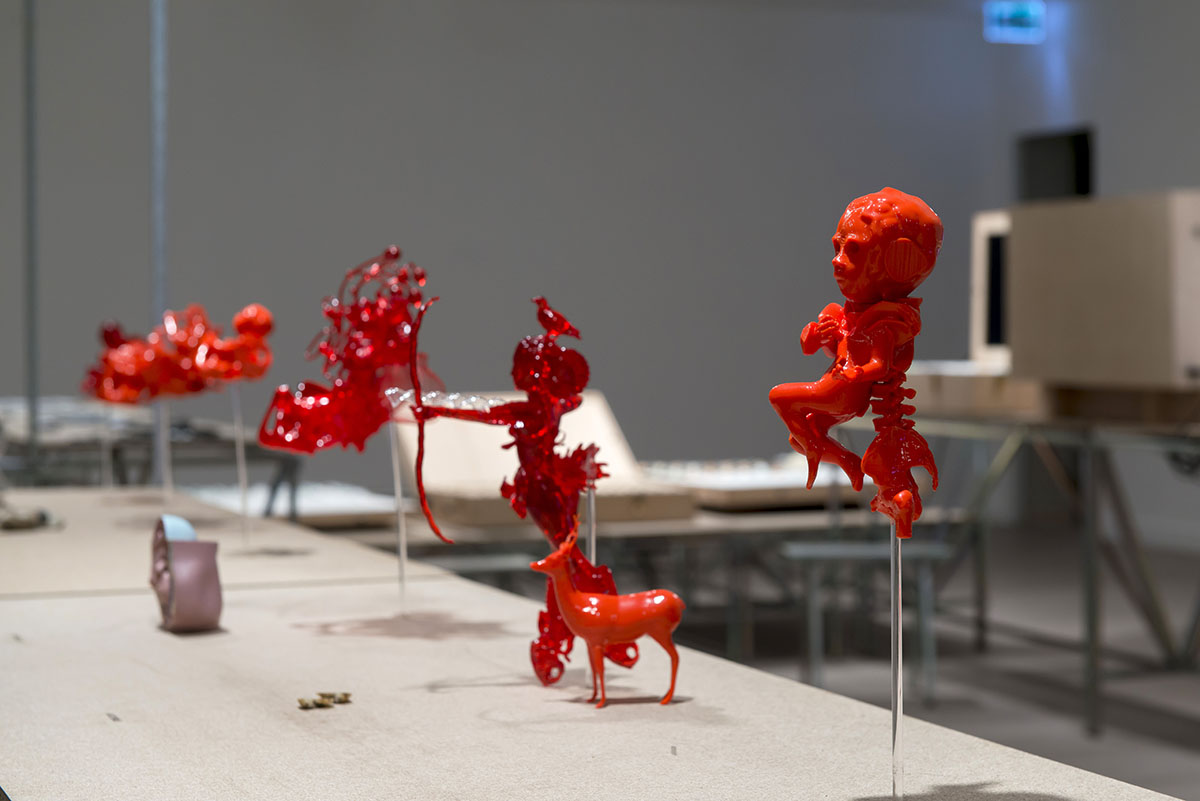
"Scales School investigates the fluidity of taxonomies, quantifications, and established norms, standards and values, to highlight scientific and cultural biases and assumptions."
Genetically Modified Generation (Designer Babies) by Pınar Yoldaş
Pınar Yoldaş creates nine characters, interrogating our genetic codes to reveal that how are some aspirations universal or influenced by cultural background?
"Nine characteristics– one for each of the nine-month-long human gestation period – have been genetically altered in specific functional gene groups to express a set of desired traits, including beauty, fitness, empathy, clairvoyance, memory, longevity, wealth, social status, privilege, popularity and intelligence. Are these aspirations nature or nurture, genetics or schooled?."
"The bio-critical, techno-feminist aesthetic disrupts the infantilizing mainstream superhero narrative that conditions us to think that we need saving instead of changing and developing ourselves."
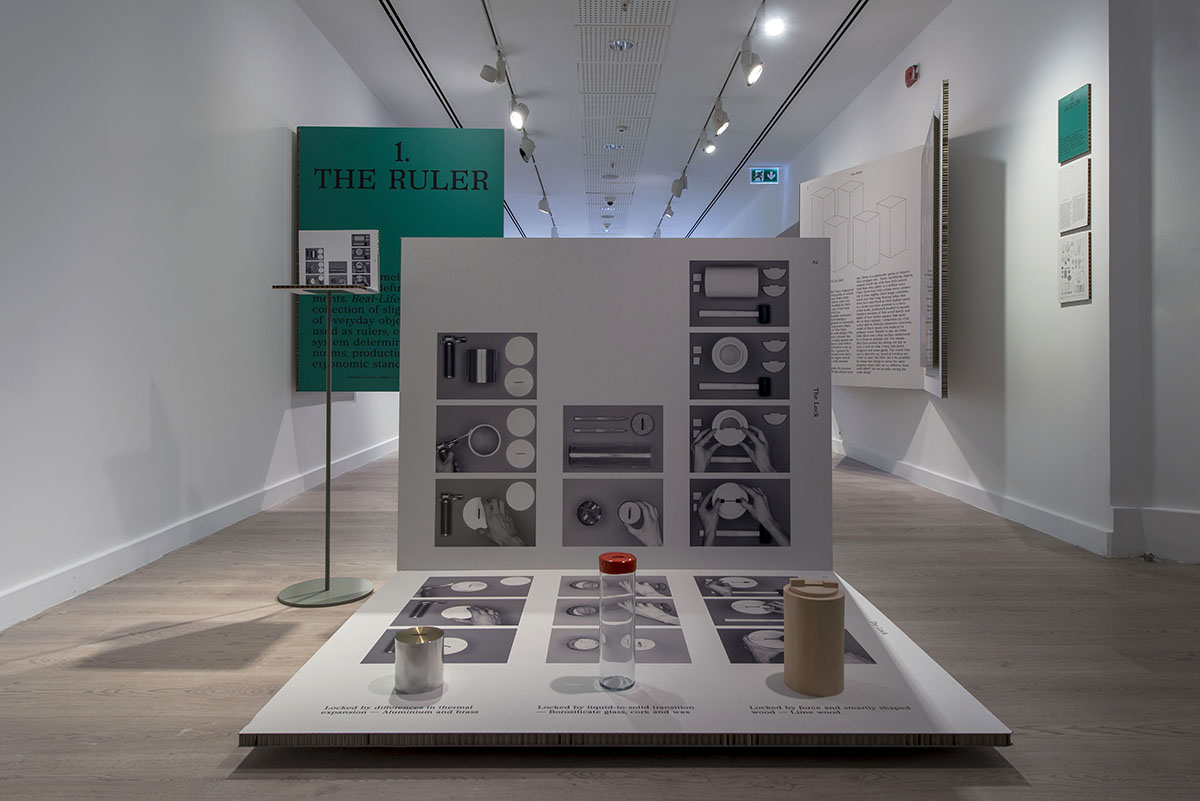
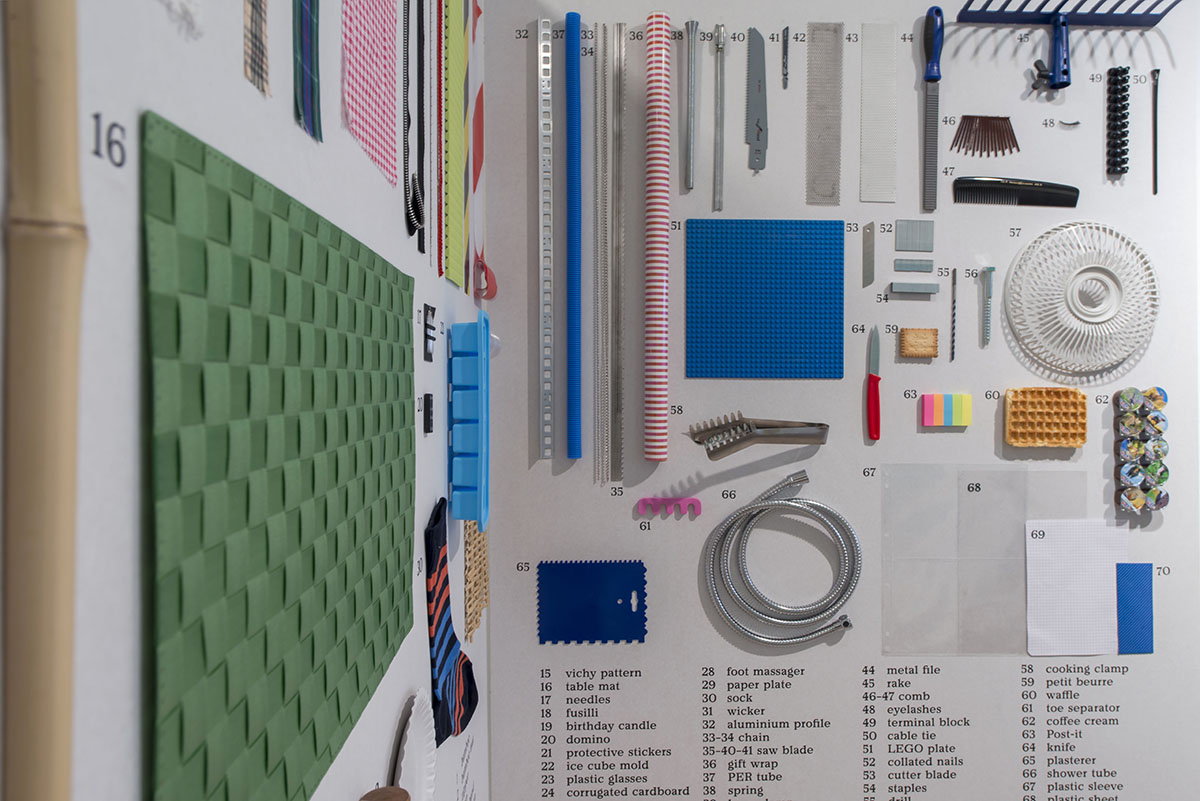
The Life of Things by ECAL X MacGuffin Magazine
"Can a magazine be a design school? Or a design school a magazine? Using MacGuffin magazine’s editorial model as a methodology, the ECAL students of Chris Kabel have studied the use of everyday things in order to derive designed objects from them."
"The students modelled their approach on the way MacGuffin themes its issues, and chose objects like The Roof, Shade, The Wheel, The Ruler, The Lock and The Socle as the focus of their investigations. The outcome is a range of observational studies, contextual reportages and visual essays presented in the form of a 3D magazine."
Arter/Earth School
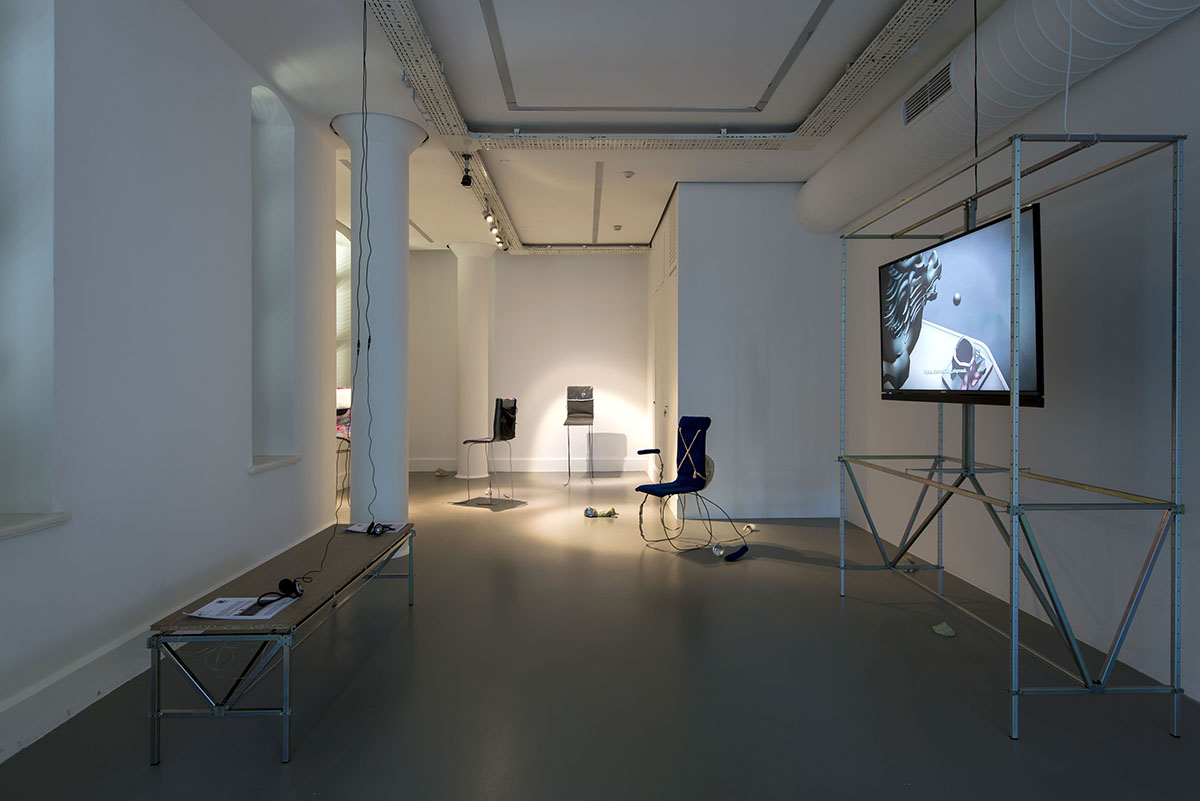
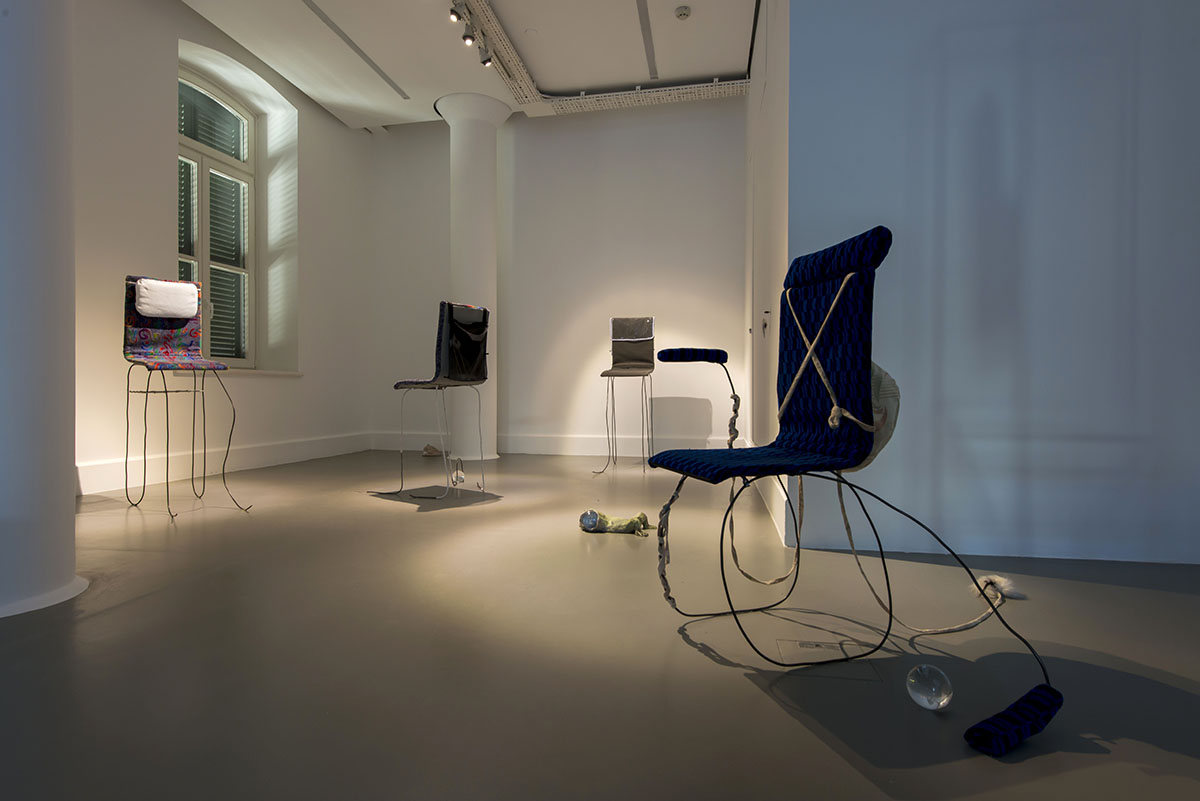
"Earth School asks what natural is, what disaster is, what progress, and who is in charge when the planet and human are forced to renegotiate our precarious relationship."
Chinese Seismic Investigations by Nina Wiesnagrotzki
"Using film and sculptures, Chinese Seismic Investigations is a speculative attempt to rebuild the earthquake-predicting instrument made by Chinese scientist and poet Zhang Heng in 132CE. Only 238 Chinese characters to detailing its construction and functional indexes - the symbolic toad and dragon, Yin and Yang, and Chinese lucky number of 8 - still exist."
"Myth and science, East and West, mediated symbolism and controlled signals, all collide in this reinterpretation of the fabled device. What might we have lost through a purely scientific and Eurocentric approach to knowledge?."
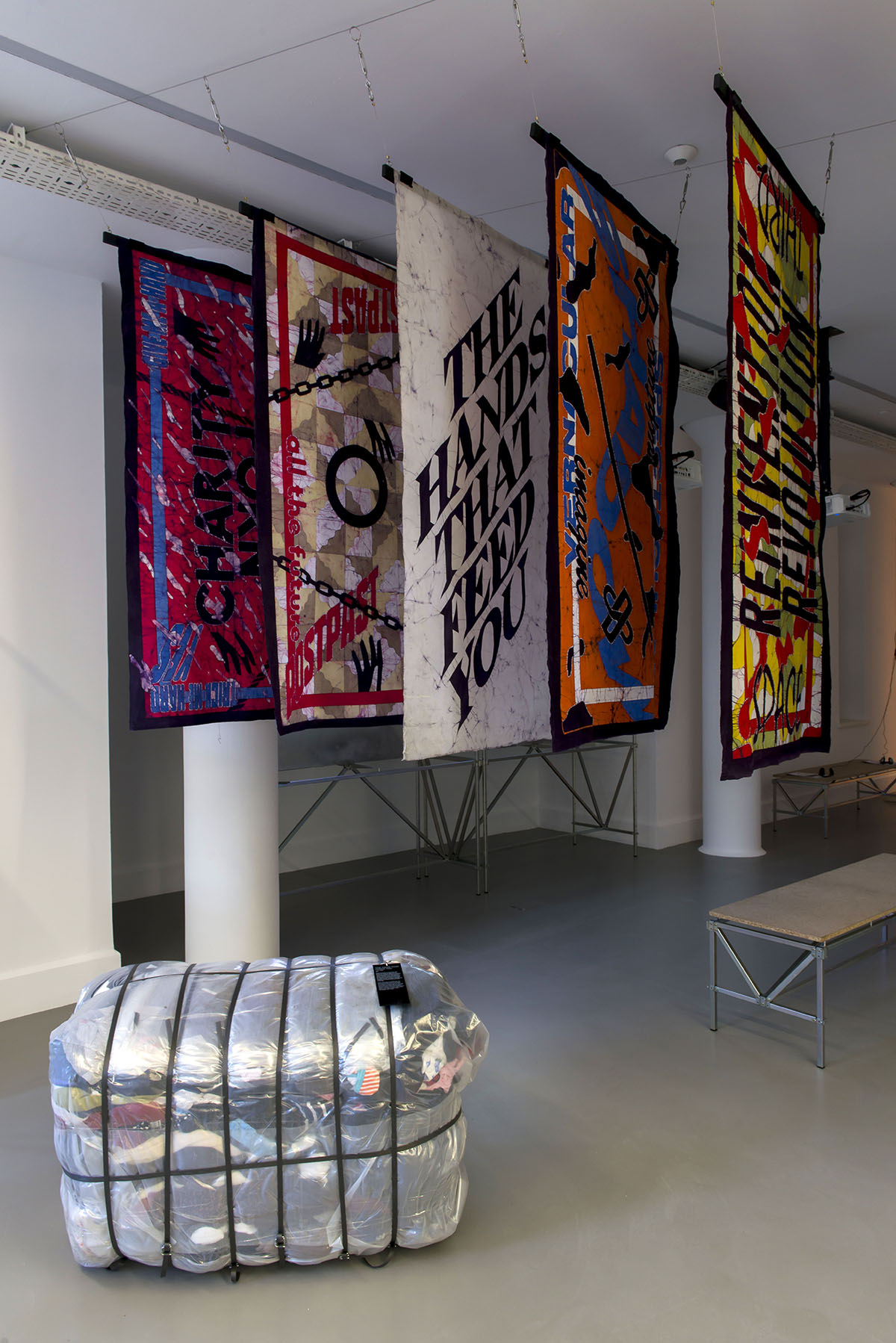
João Roxo's The Hand That Feeds You

Medexpress' Morning After Pill Drone Delivery
Staying Alive by SulSolSal
"Staying Alive draws on ongoing design research into the how society is adapting and learning for a seemingly inevitable future of scarcity. Alongside the research into neosurvivalist communities and the bizarre commercial products that cater for these communities, the installation includes a number of designers and artists whose provocations challenge fatalist future trajectories."
SALT Galata/Time School
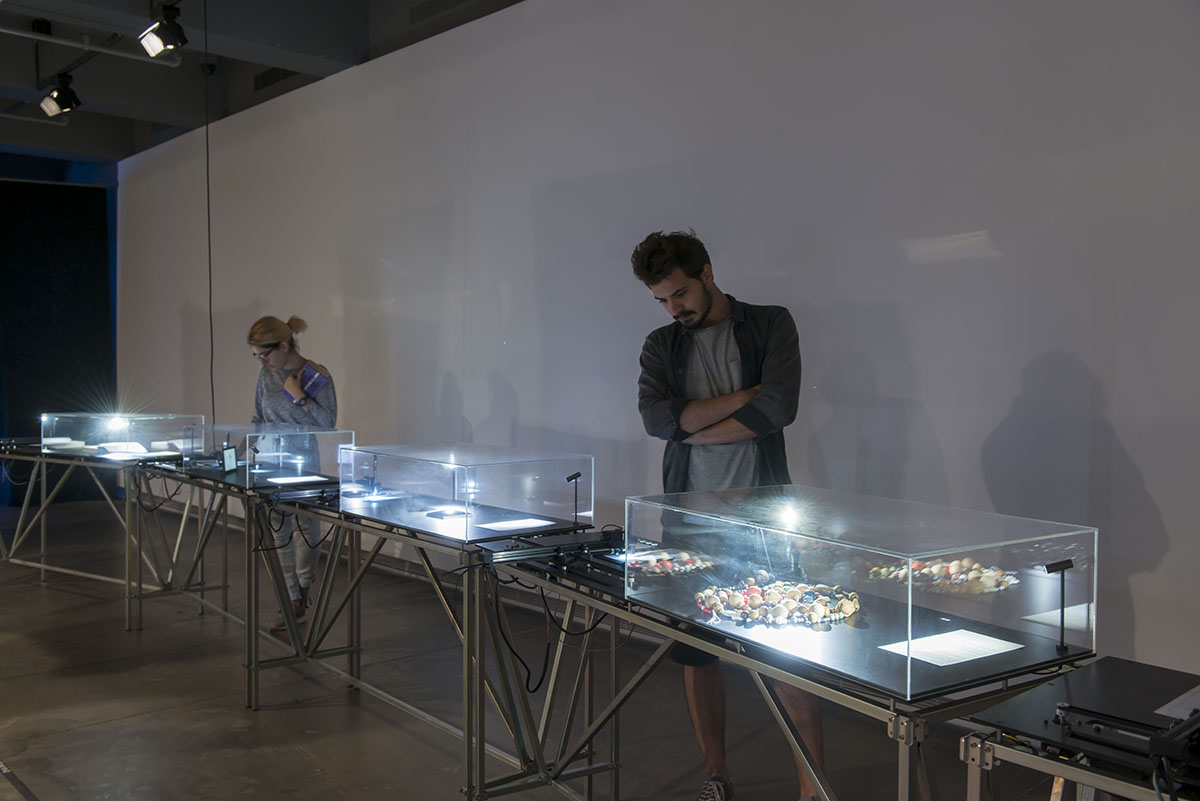
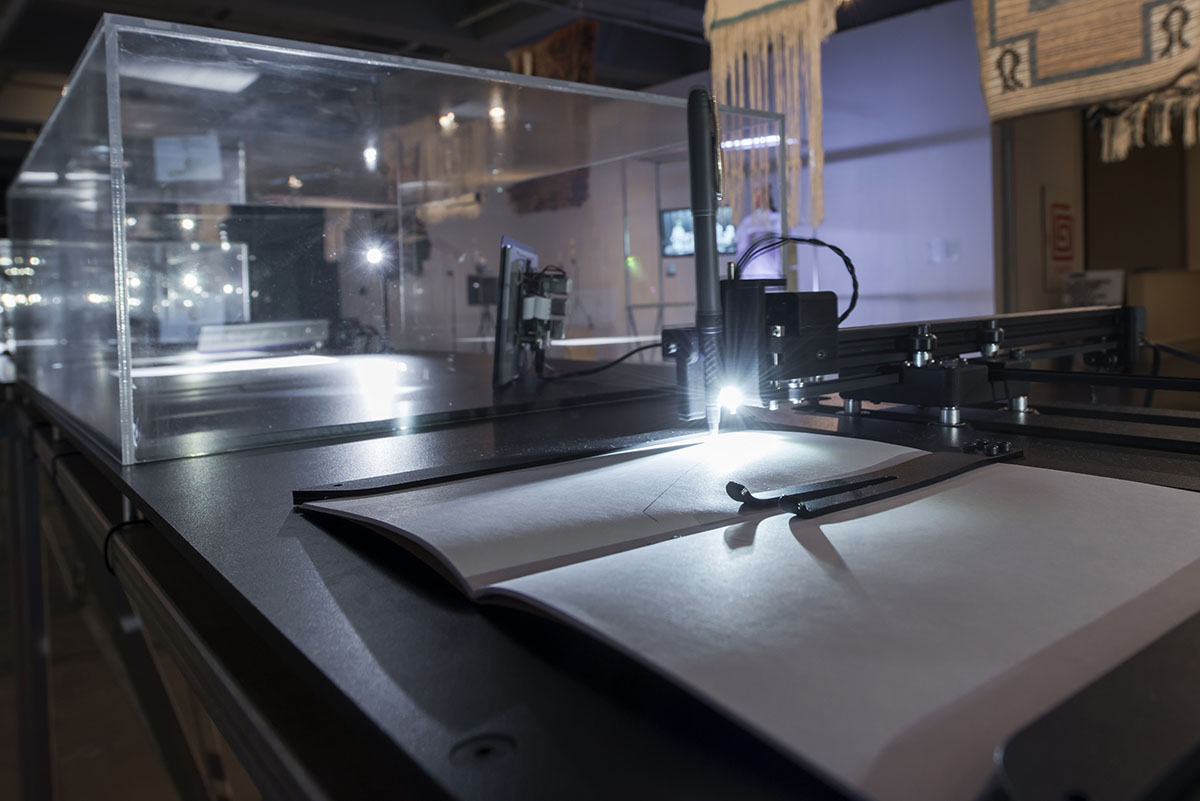
"Time School travels from accelerationism to deep time, through contested pasts and speculative futures, to shift durational perspectives and the objects that dictate them."
A Commonplace Book by Commonplace Studio, Jesse Howard and Tim Knapen
"A Commonplace Book is a machine of information on a topic that concerns us all: how we understand, perceive and deal with time. Visitors are invited to compile their own book by allowing the machines to transcribe drawings and texts about concepts like deep time and real-time, making time or taking time, timelines or time machines into the blank notebooks provided. In the display cases are a collection of ‘curiosity’ objects that trigger questions about the nature and experience of time."
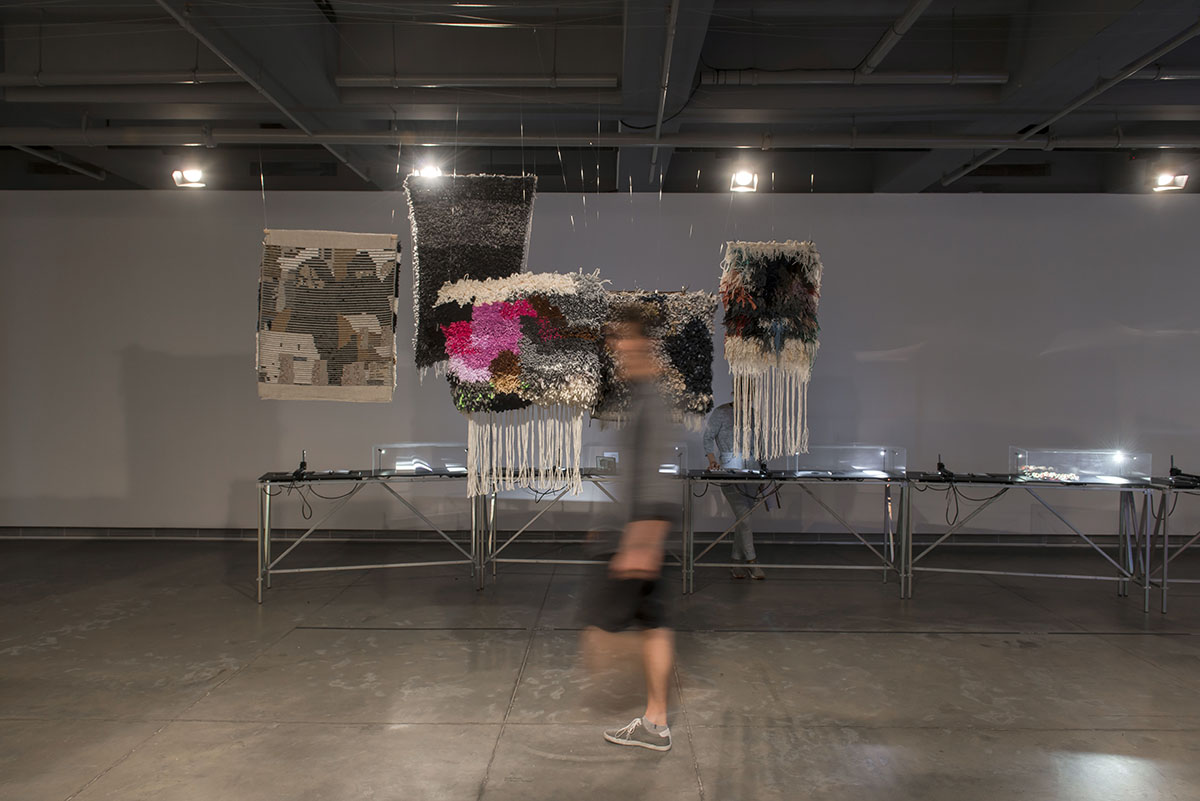
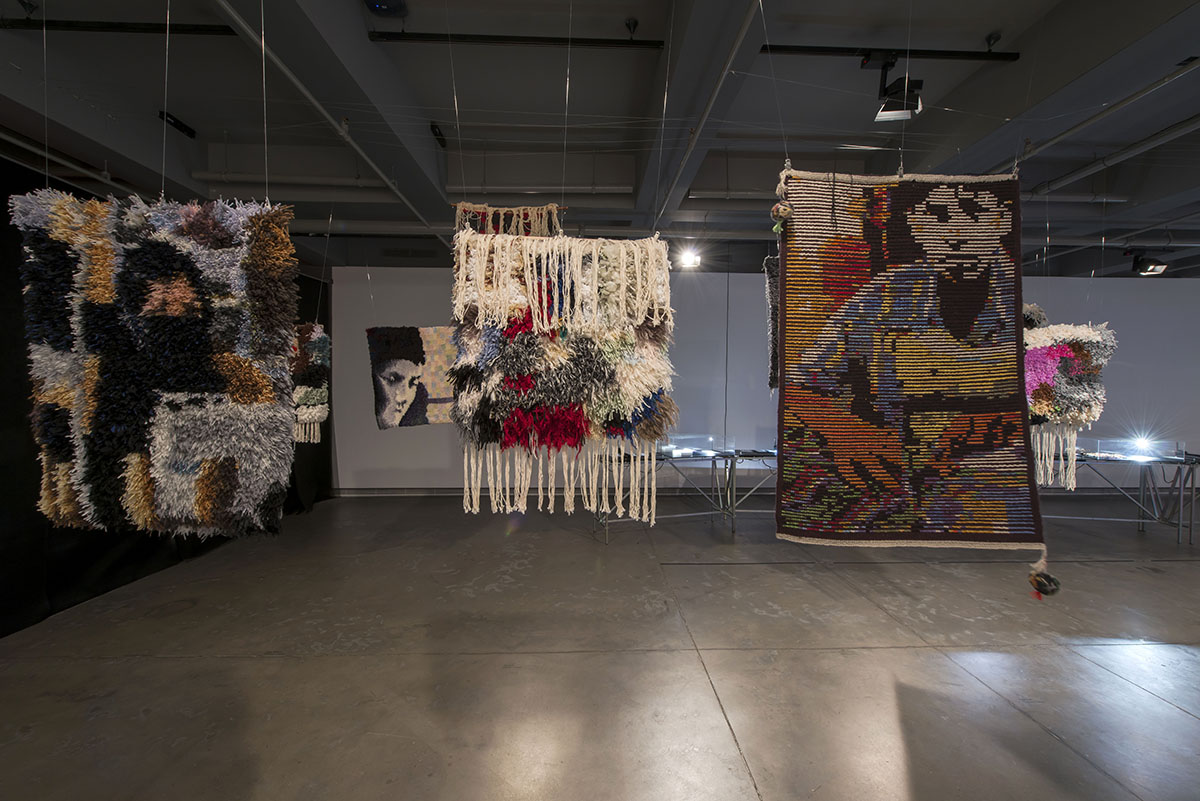
Google Weawing Stop-Time by Emelie Röndahl and collaborators
"Over 20 handweavers from around the world were all given the same instruction: search “textile, Turkey, labour” on Google and in a split second select an image to spend the next few weeks materialising using the ghiordes knot technique, also known as the Turkish or (in Scandinavia) rya knot."
"We have come to consume so much media at such a pace, what can we learn from living in a much slower speed, spending longer time with just one picture? Corralling and sharing progress in a Facebook group, the participants shared insights. For one thing, the image is selected by the weaver from the top search results, but the results are influenced by Google’s different algorithms in different regions. How fast and how wide does different information spread, and how do we break out of our echo chambers?."
Studio-X Istanbul/Digestion School
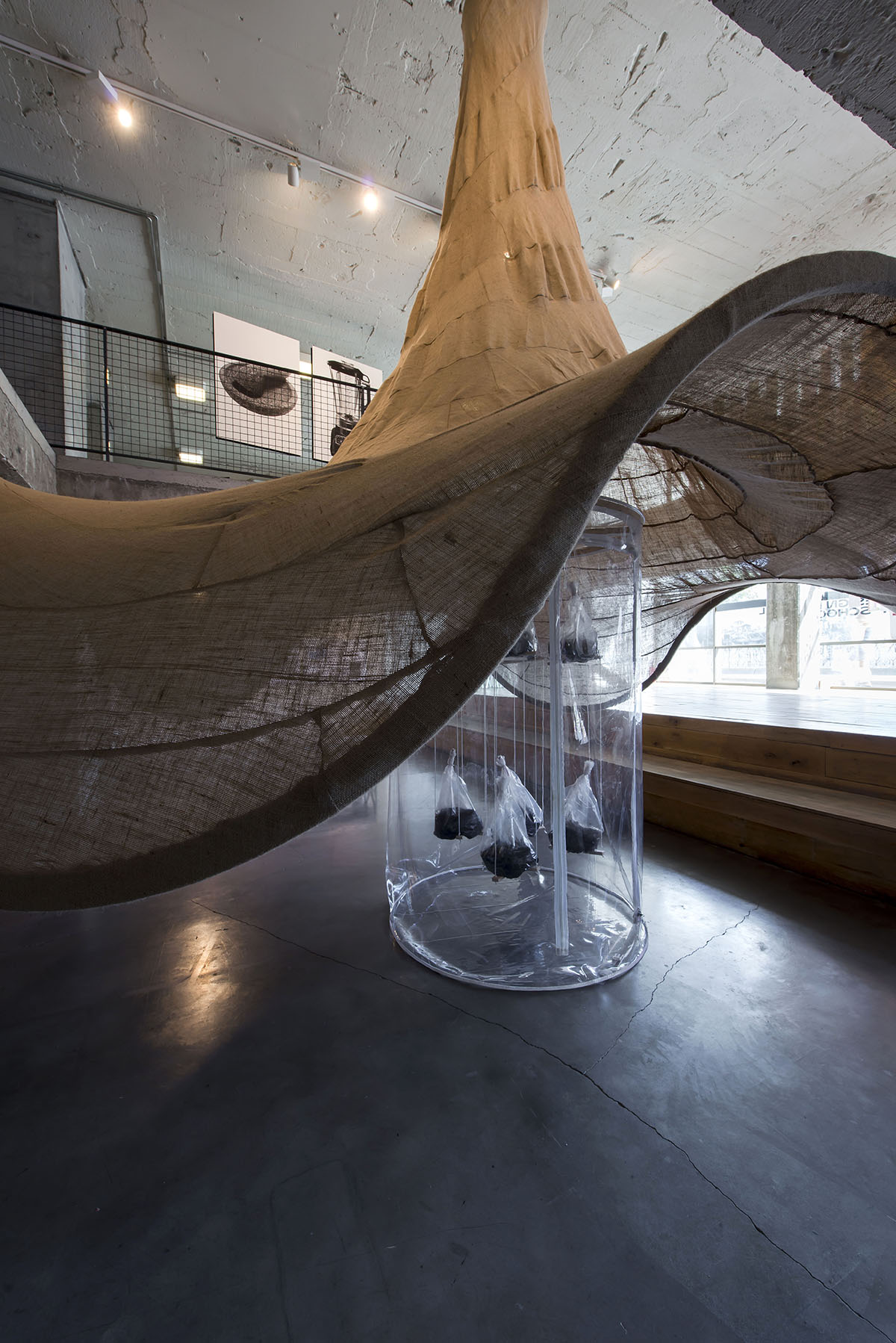
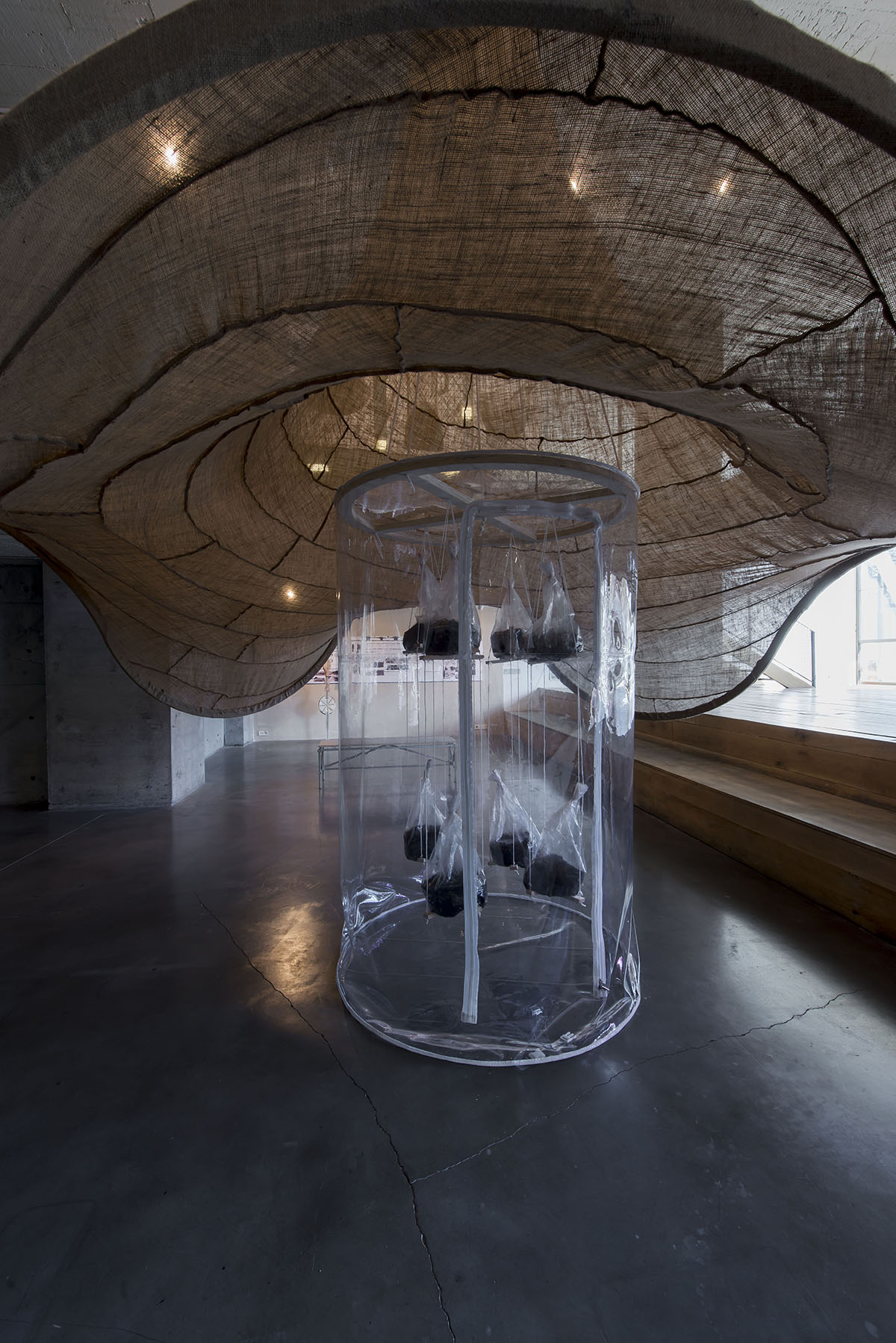
"Digestion School learns from metabolic systems, patterns of consumption, cultural rituals, and food infrastructure to consider how circular and lifelong learning manifest."
Palaver+Palaver by Mae-ling Lokko, Nana Ofori-Atta Ayim, Selassie Ataditka and Gustavo Crembil
What can we learn from the kitchen? The very core space of our daily life but how is its internal economy being shaped?. In this regard, Palaver+Palaver, "responding to the intersecting drivers of food, food waste and human activity, the spatialisation and life cycle of the kitchen is investigated through this mycelium-grown prototype where conversations, mushrooms and coffee are served. Much like many other parts of the world, imported commodities have worked their way into the Ghanaian home, changing the materials it was built with and introducing shiny display kitchens that serve completely different food."
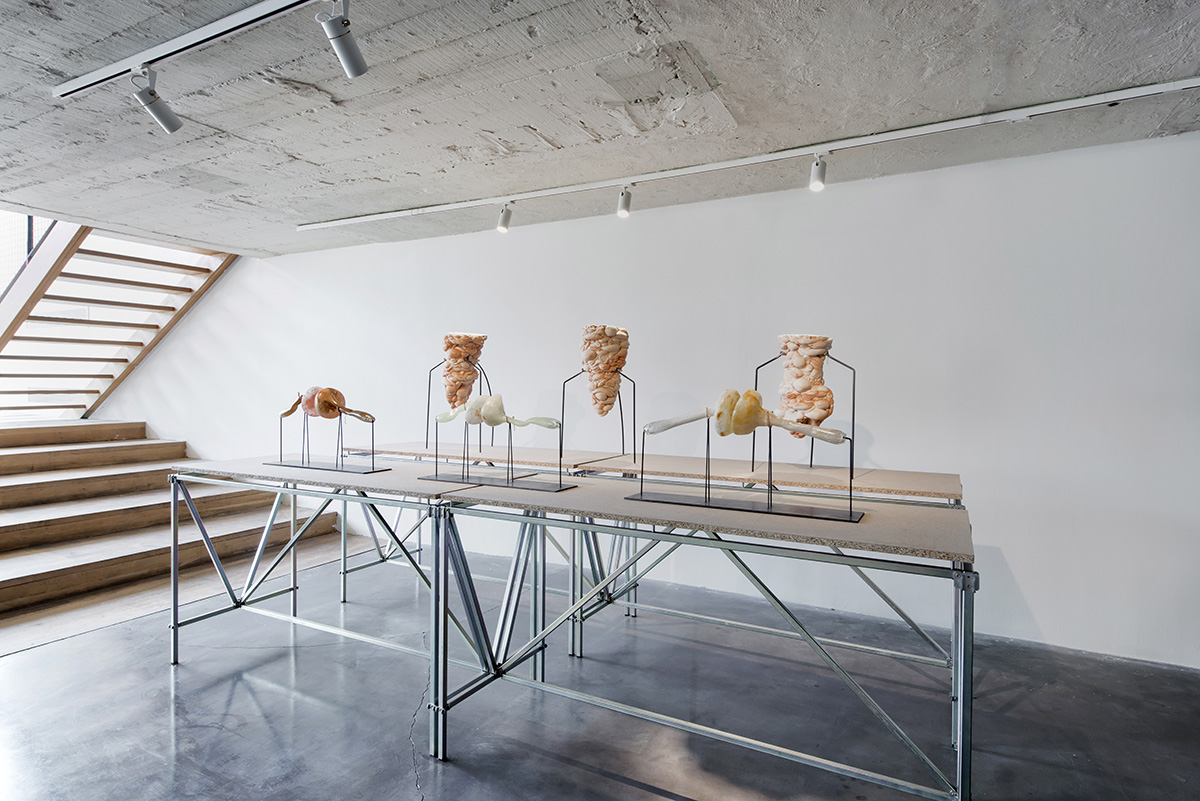
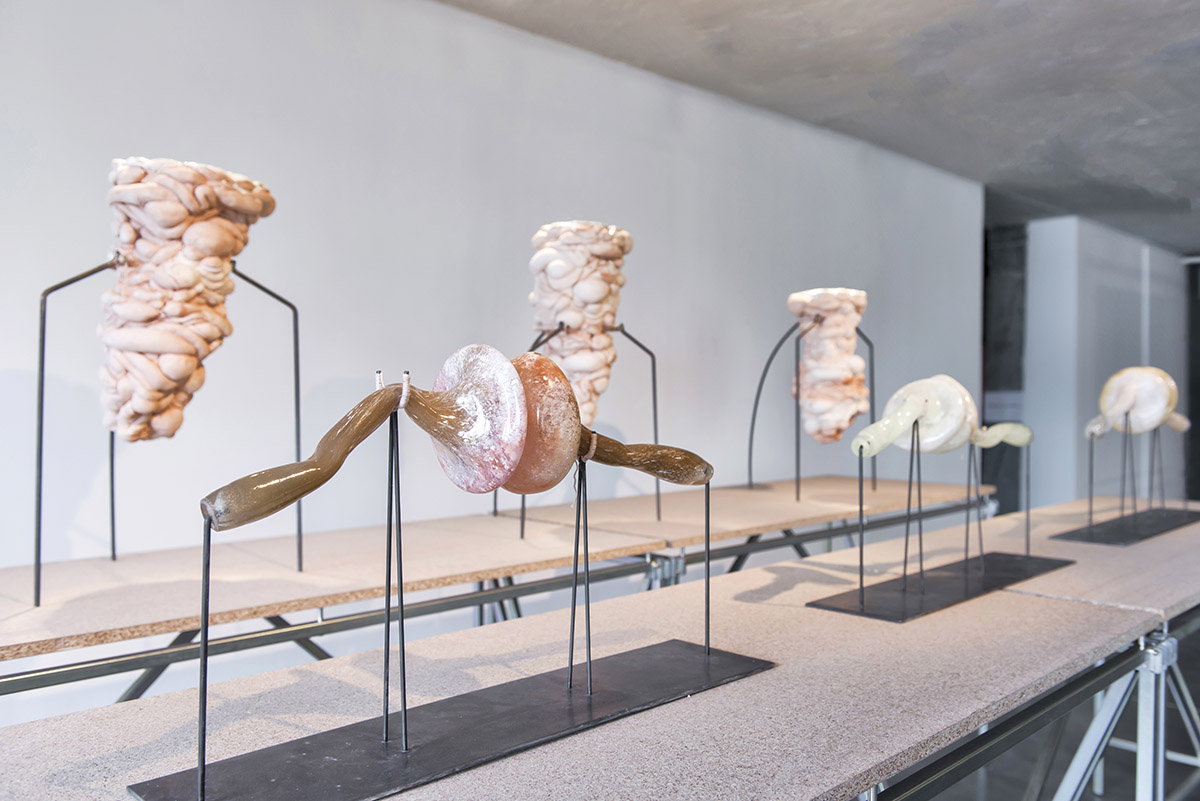
A Colloquy of Vessels, Faciality Machine by Carlos Monleón
"Drawing inspiration from the history of vessels, the two works on display – A Colloquy of Vessels and Faciality Machine - emerge from an inquiry into the biological and evolutionary processes that have fashioned the tissues and organs that compose bodies. Embryonic development, fluid exchange, and the rhythms of the liquefaction and solidification inform the amphorae as a place of fermentation, storage and transportation of liquids, and the unguentarium as a device for application of scented oils on the skin."
Akbank Sanat/Unmaking School
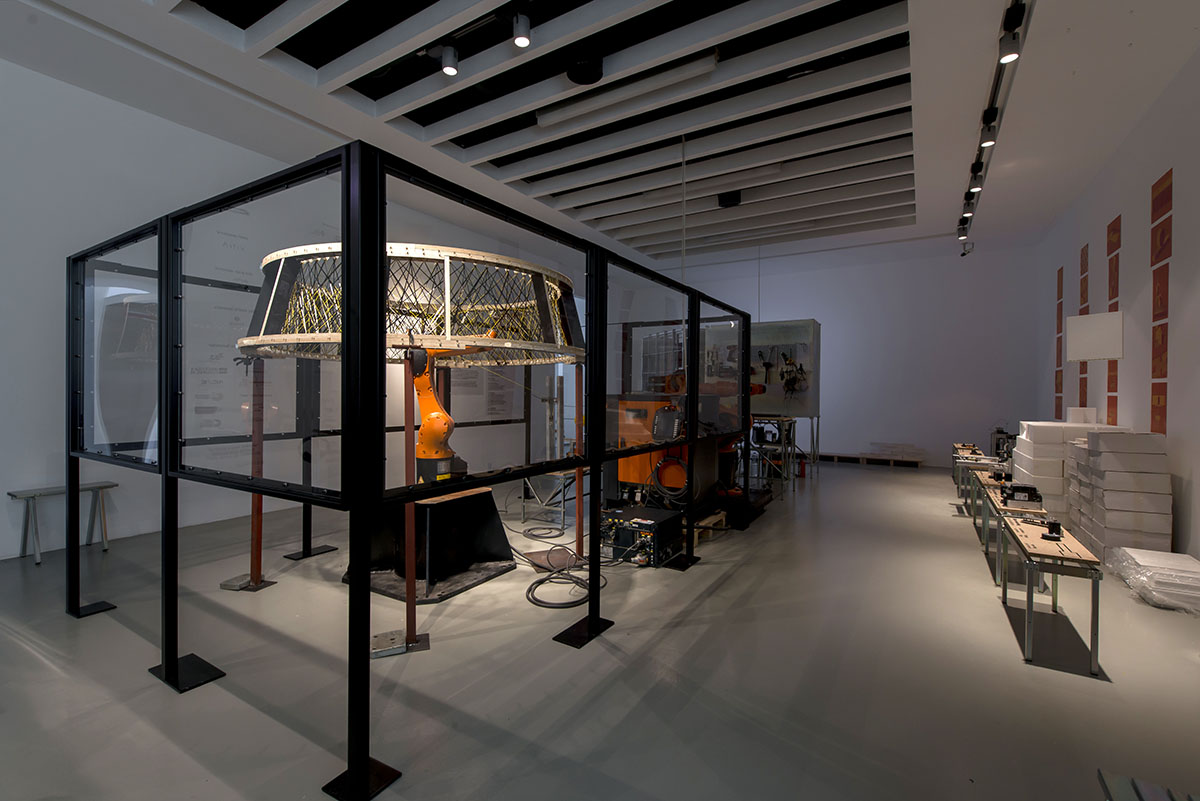
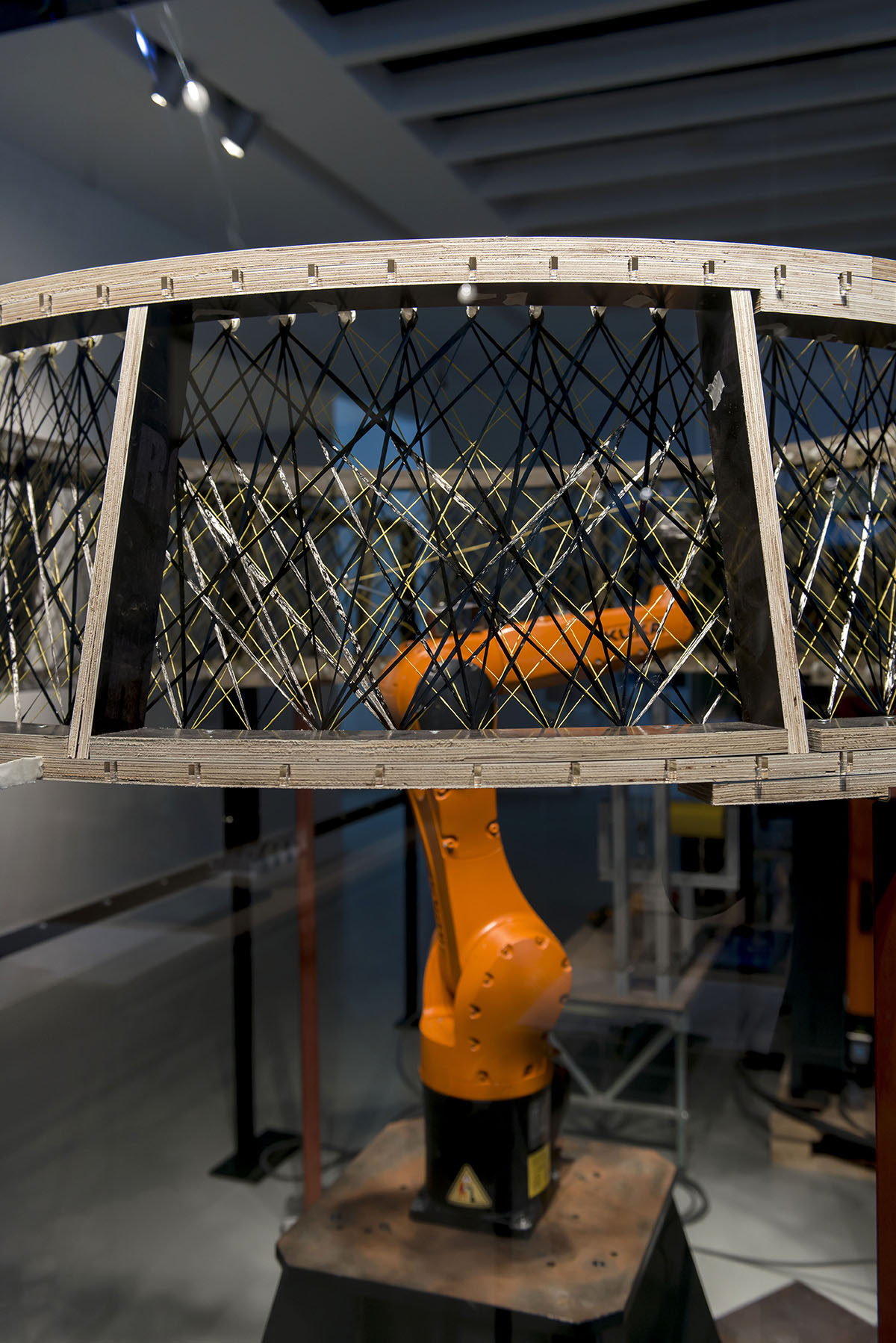
"Unmaking School emphasises that the irrepressible human instinct to be creative is a pedagogical dynamo that drives innovation, redefines work, and reshapes our cities."
Docendo Discimus Instrumantae by FABB, and contributors
"Docendo Discimus Instrumantae – meaning by teaching, we learn – proposes a workshop in which an international network of contributors share their experiences on robotic fabrication processes through online instructionSets. instructionSets are an experimental protocol for sharing digital making methodologies and documenting deviations and interpretations."
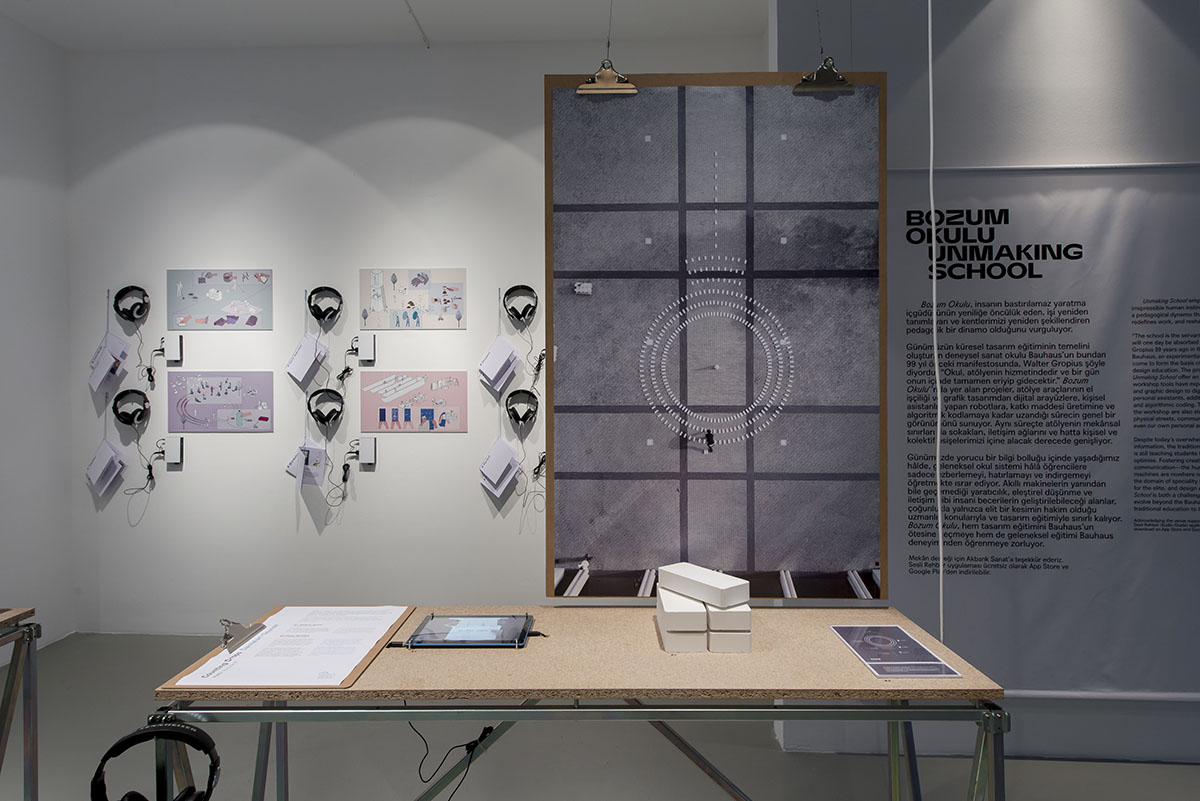
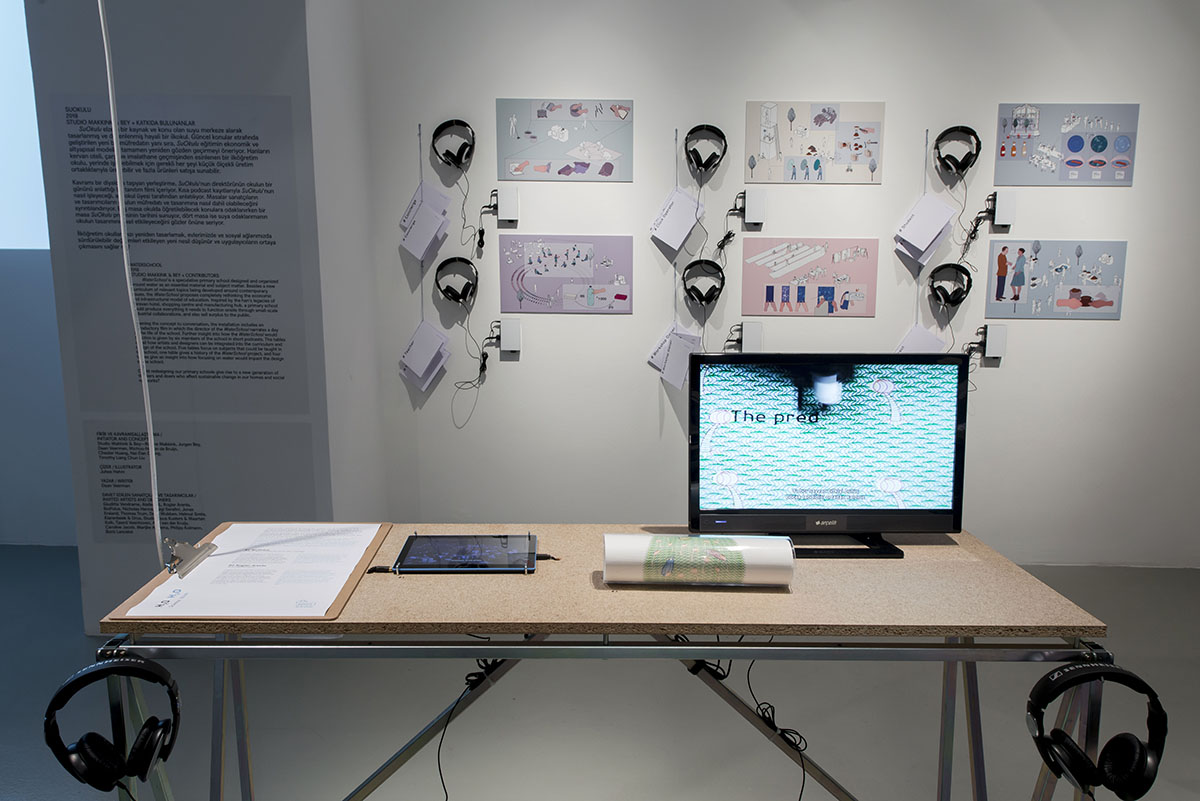
Water School by Studio Makkink & Bey, and contributors
"WaterSchool is a speculative primary school designed and organized around water as an essential material and subject matter. Besides a new curriculum of relevant topics being developed around contemporary issues, the WaterSchool proposes completely rethinking the economic and infrastructural model of education. Inspired by the han’s legacies of caravan hotel, shopping centre and manufacturing hub, a primary school could produce everything it needs to function onsite through small-scale industrial collaborations, and also sell surplus to the public."
Organised by the Istanbul Foundation for Culture and Arts (IKSV), the biennial brings together projects from more than 200 interdisciplinary practitioners from across the globe.
World Architecture Community is Magazine Sponsor of the Biennial. See WAC's previous coverages here.
All images © Kayhan Kaygusuz, courtesy of Istanbul Design Biennial
